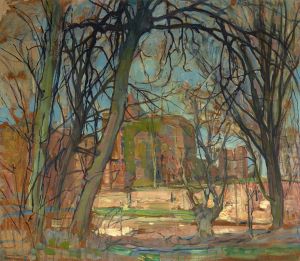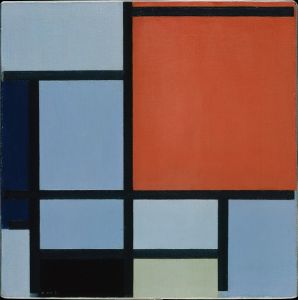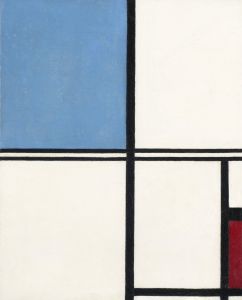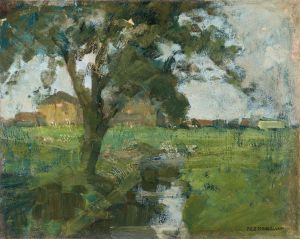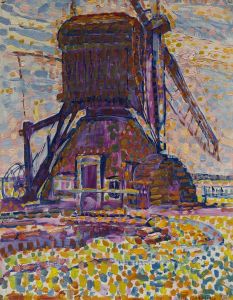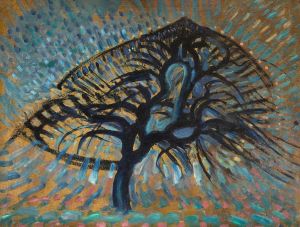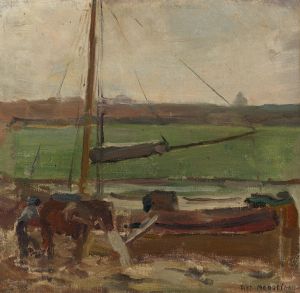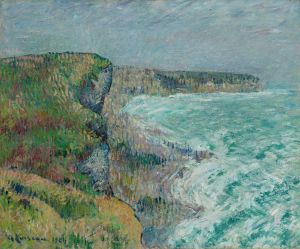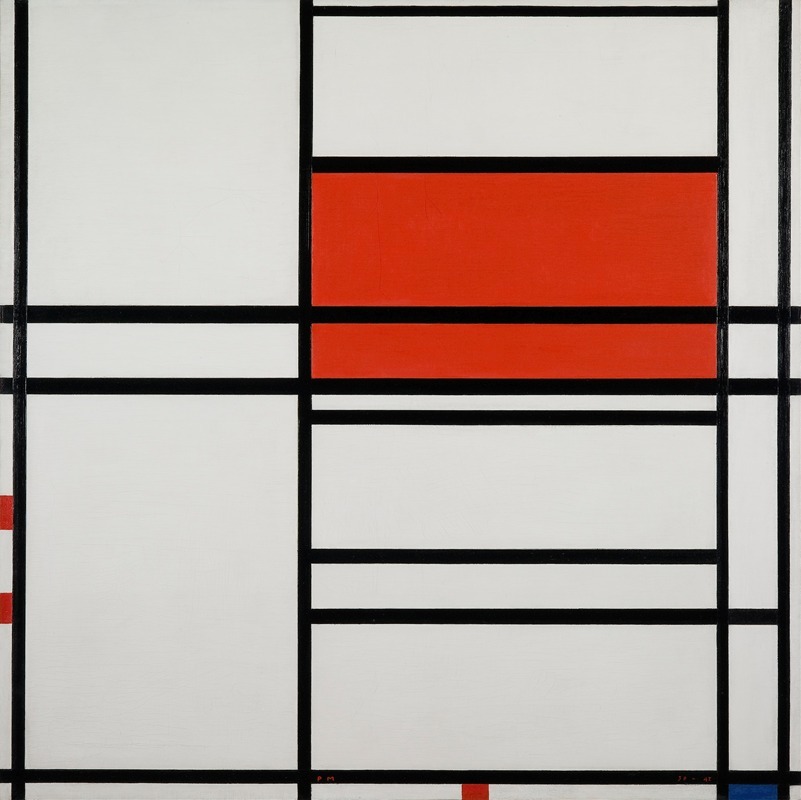
Composition of Red and White; Nom 1,Composition No. 4 with red and blue
A hand-painted replica of Piet Mondrian’s masterpiece Composition of Red and White; Nom 1,Composition No. 4 with red and blue, meticulously crafted by professional artists to capture the true essence of the original. Each piece is created with museum-quality canvas and rare mineral pigments, carefully painted by experienced artists with delicate brushstrokes and rich, layered colors to perfectly recreate the texture of the original artwork. Unlike machine-printed reproductions, this hand-painted version brings the painting to life, infused with the artist’s emotions and skill in every stroke. Whether for personal collection or home decoration, it instantly elevates the artistic atmosphere of any space.
Piet Mondrian, a Dutch painter and one of the pioneers of abstract art, created "Composition of Red and White; Nom 1, Composition No. 4 with red and blue" as part of his exploration into geometric abstraction. Mondrian's work is characterized by a strict use of horizontal and vertical lines and a limited palette of primary colors, along with black, white, and gray. This painting is a quintessential example of his mature style, which he termed "neoplasticism" or "De Stijl," a movement he co-founded with Theo van Doesburg.
Mondrian's journey towards abstraction began in the early 20th century, influenced by his interest in theosophy and his desire to express universal truths through art. By the 1920s, he had developed a distinctive style that sought to eliminate any reference to the natural world, focusing instead on the purity of geometric forms and the balance of color and line. "Composition of Red and White; Nom 1, Composition No. 4 with red and blue" exemplifies this approach, with its precise arrangement of colored rectangles and intersecting black lines.
The painting is composed of a series of rectangular shapes, primarily in red, blue, and white, set against a grid of black lines. The use of primary colors is significant in Mondrian's work, as he believed these colors represented the most fundamental aspects of reality. The black lines serve to delineate the different colored areas, creating a sense of order and structure. This interplay of color and line is central to Mondrian's philosophy of art, which aimed to convey a sense of harmony and balance.
Mondrian's work had a profound influence on the development of modern art, particularly in the fields of design and architecture. His emphasis on simplicity and abstraction resonated with the Bauhaus movement and later with minimalism. The principles of neoplasticism can be seen in various aspects of contemporary design, from graphic design to urban planning.
"Composition of Red and White; Nom 1, Composition No. 4 with red and blue" is housed in various collections around the world, reflecting its importance in the history of modern art. Mondrian's legacy continues to be celebrated for its innovative approach to form and color, and his work remains a touchstone for artists and designers seeking to explore the possibilities of abstraction.
In summary, Piet Mondrian's "Composition of Red and White; Nom 1, Composition No. 4 with red and blue" is a seminal work that embodies the artist's commitment to geometric abstraction and his belief in the power of art to express universal truths. Through its precise arrangement of color and line, the painting exemplifies the principles of neoplasticism and continues to inspire and influence the world of art and design.






